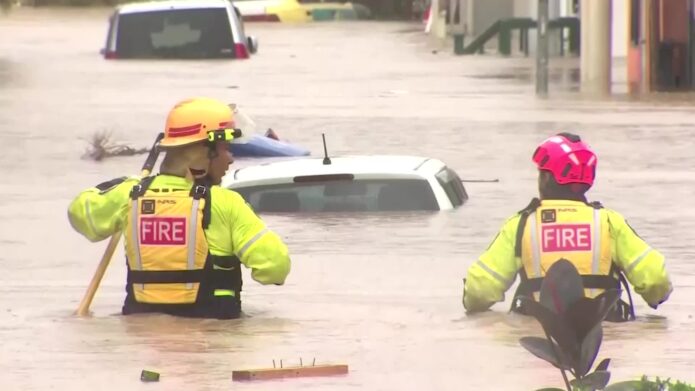Photo by Ketut Subiyanto
Wellington Airport has always been a marvel of engineering — and a headache for pilots. Built on 110 hectares of reclaimed land, created by flattening a hill and dumping it into the sea, it’s a site that’s both strategic and extreme. Now, a $500M megaproject is underway to modernize the airport, upgrade safety, and increase capacity. But can human ingenuity finally overcome the challenges posed by nature?
🏗️ The History: A Hill Turned Into an Airport
From the beginning, Wellington Airport’s site has been controversial. Constructed on man-made land, it sits on a slope by the sea, making it prone to strong winds, crosswinds, and weather disruptions.
-
110 hectares of reclaimed land
-
Flattened hill and dumped into the sea
-
Limited runway space causing delays and restrictions
For decades, pilots have battled gusts, and passengers have braved cancellations. The airport’s location, while convenient for the capital city, has always been a logistical and safety challenge.
💰 The $500M Upgrade: What’s Included
The ambitious project aims to transform Wellington Airport with:
✅ New safety technology — helping aircraft land safely in high winds
✅ Terminal upgrades — modernizing facilities for a growing passenger base
✅ Capacity expansion — long-term plans to double operational throughput
Airport authorities say the upgrades are essential for growth, as Wellington’s passenger numbers are expected to rise steadily over the next decade.
🌬️ Battling the Wind: Geography vs. Engineering
Wellington Airport isn’t just any airport — it’s a pilot’s challenge. The site’s geography forces extreme operational measures:
-
Strong crosswinds often delay takeoffs and landings
-
Runway length is limited by the sea and nearby suburbs
-
Land reclamation has a finite footprint, restricting expansion
Engineers hope the combination of state-of-the-art safety tech and runway enhancements will reduce disruptions and make flying into Wellington safer and more reliable.
✈️ Why This Matters for New Zealand
Wellington Airport isn’t just a regional hub — it’s a critical gateway to the capital city:
-
Supports domestic and international flights
-
Boosts tourism and business connectivity
-
Enhances emergency response and freight logistics
The $500M investment reflects the importance of ensuring the airport meets modern safety and operational standards.
📊 Key Takeaways
-
Wellington Airport sits on man-made land, created by leveling a hill and dumping it into the sea
-
$500M megaproject aims to upgrade safety tech, expand capacity, and modernize terminals
-
Geography and extreme weather have always challenged the airport, but new technology may help overcome it
-
The project is vital for passenger growth, business travel, and regional connectivity











